Who doesn’t love going on a trip to explore a new destination with a camera? However, when we’re traveling, weight can be an issue. If we’re flying, there’s only so much gear we can take in our carry-on luggage. When we reach our destination, a heavy, bulky camera and lenses can be a nuisance to take on a stroll and can get conveniently left in the hotel. While on that stroll, we come across something worth photographing and immediately regret not having a camera with us! The answer is to carry a small, light camera that you barely notice you have with you.
Always Ready
Taking a small, light camera makes sense. Something you can strap on your shoulder, around your neck, or even pop into a pocket. So it’s always ready when a great photo opportunity presents itself.
The main thing I like about a small camera is I don’t need a big bag or backpack. My preference is no bag at all, just a camera strapped around my neck and a spare battery or roll of film in my pocket. If I want to carry a few filters or maybe a second lens, then a small shoulder bag or sling is perfect.
Discreet
Popular tourist spots are a perfect hunting ground for thieves. Big cameras and lenses draw unwanted attention and can often shout “I’m a pro with expensive gear.” Whereas a small camera can go virtually unnoticed.
Small cameras also draw less attention from security guards, allowing you to grab shots in places where those with big cameras would be approached and questioned.
Much of our travel photography is done on streets, and a small camera is less intimidating to strangers.
I’m surprised at how many situations there are where security guards or locals are suspicious of photographers, so it’s best to try and not look like a photographer, even with a small camera. For example, no colored lens hoods or base plates. I recently saw a guy walk around with a little Leica, blinged up with a gold lens hood, shutter button, and even a gold hot shoe cover. And a bright yellow gold strap. Do you think he went unnoticed and could discreetly grab some great shots?
When we’re exploring new places, we tend to walk a lot. I average 23,000 to 28,000 steps on a day when walking around a city. Having a big, heavy camera can quickly become tiring and cause a few aches and pains.
A small camera gives you an advantage when in large crowds. Lots of gear can knock into people and get damaged. A small camera on a strap, positioned under your arm, will give you so much more freedom of movement. It’s easier to focus on the experience when you don’t have to constantly worry about where your camera is positioned and if it’s causing a nuisance.
And another bonus is it’s quicker and easier to use in those crowded situations. We have fewer buttons and dials to mess with, and they can be more intuitive to use.
Quality
Just because you have a small camera doesn’t mean it’s not going to give you top-quality image quality. Some of the best images you can create today come from the smallest cameras and lenses.
Many of my best travel photos were taken with a small camera, often with a fixed lens too.
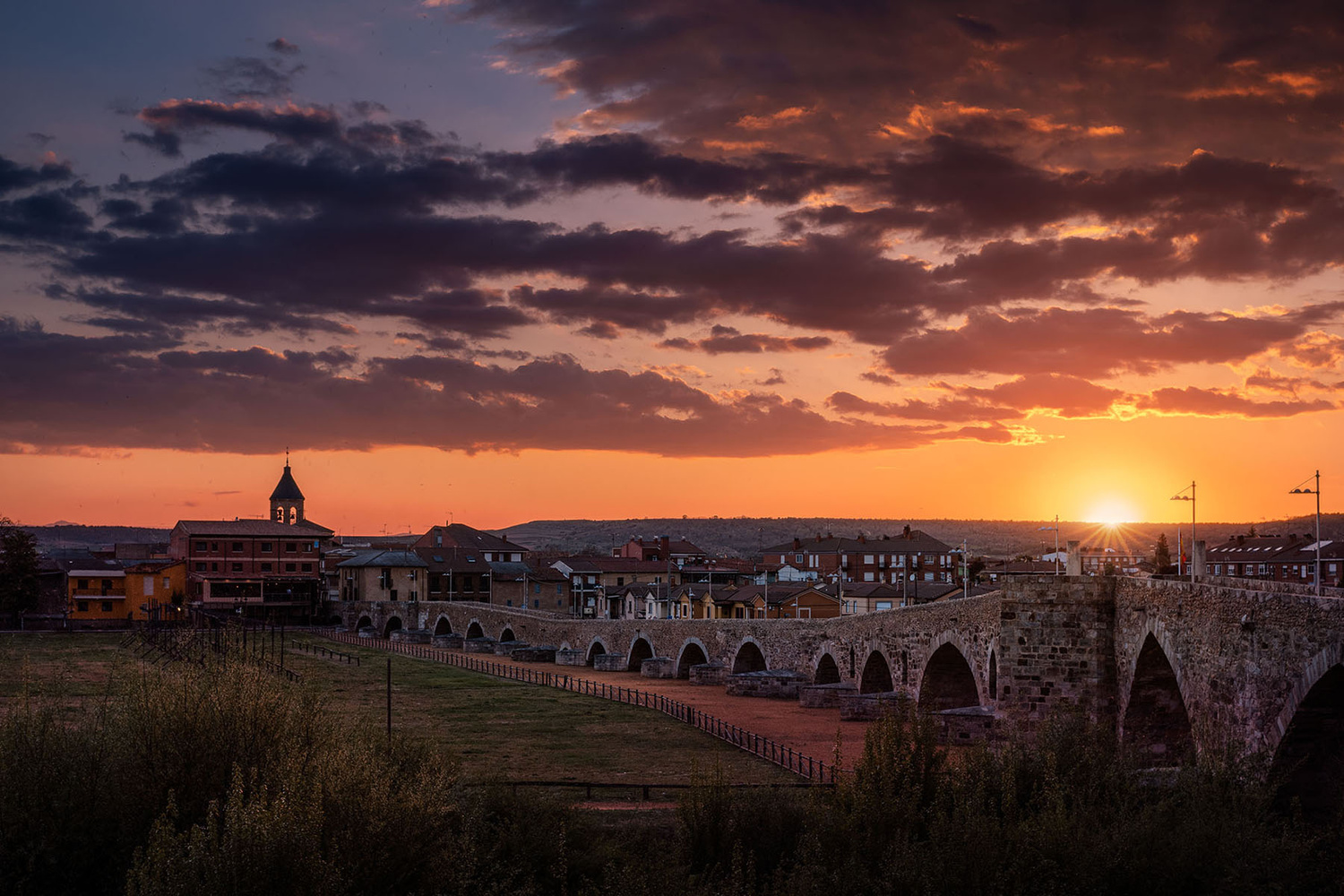
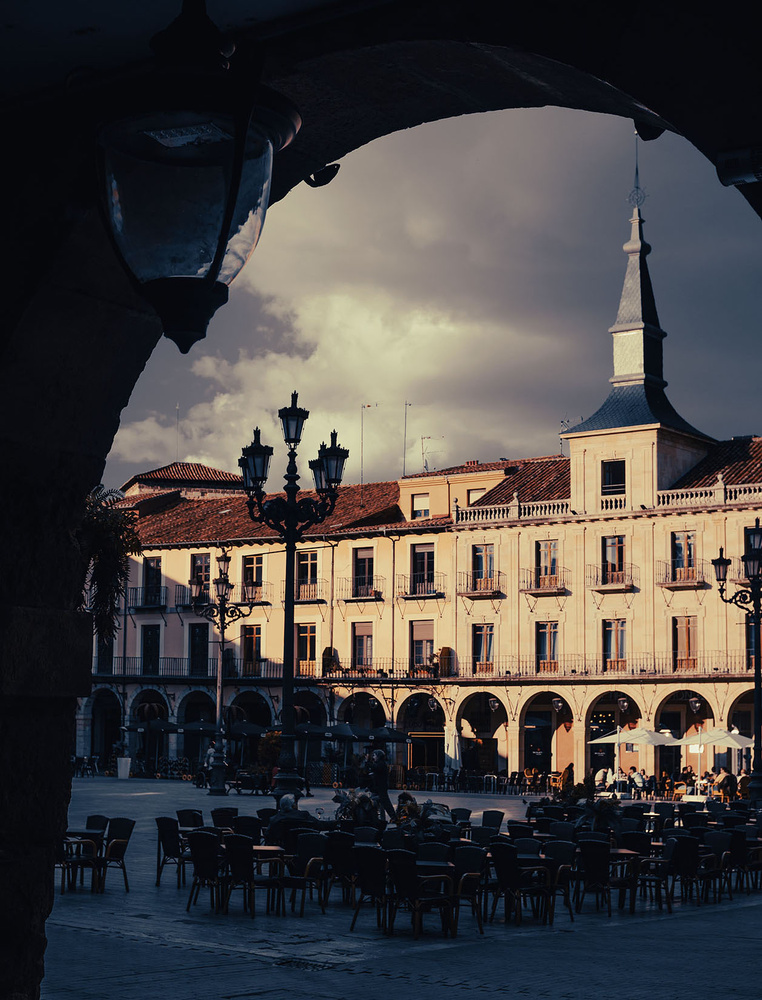
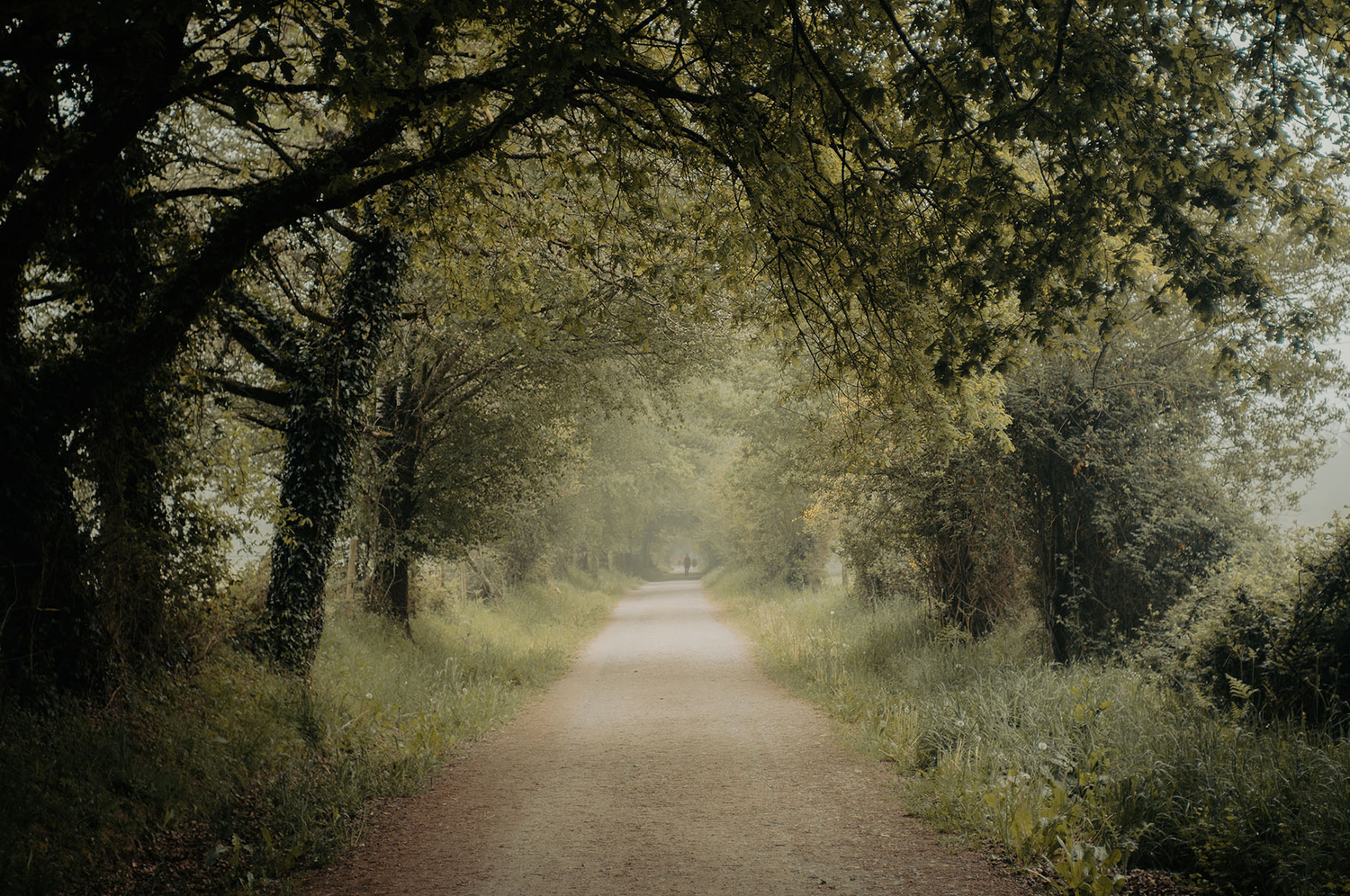
My Favorite Travel Cameras
Most of the cameras I love to use—or would certainly recommend—are older models. Why? Quite simply, newer models are loaded with technology that I don’t really need for travel and urban photography. I’ve curated a list of them. At the time of writing this article, they are all available at mpb.com if you want to get more details and up-to-date pricing on any of them.
Digital: Full-Frame
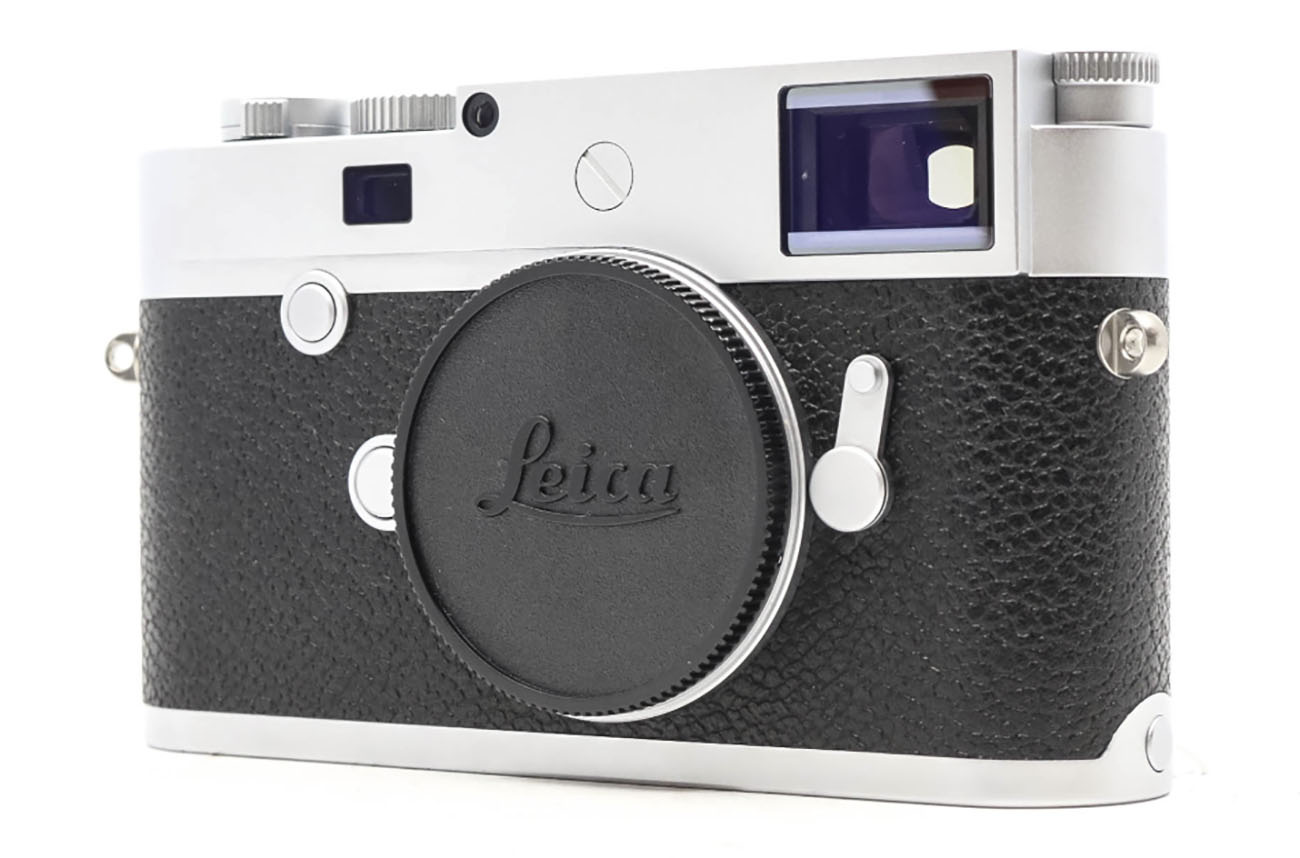
Leica M10-P: Interchangeable Lens
$5,700 – $6,400
Let’s start with the very best interchangeable lens full frame camera in the world. The M10-P was launched in 2017 and features a super-sharp 24 MP sensor and optical viewfinder. There’s not a lot of tech in this camera—you need to put in a little effort to operate it. If you do, the rewards are unrivaled. Yes, the newer models have more megapixels, but 24 MP is more than enough in my opinion. This is a beautiful, minimally designed rangefinder with a fantastic user experience. M-mount lenses are tiny, which is a huge selling point for this camera when traveling.
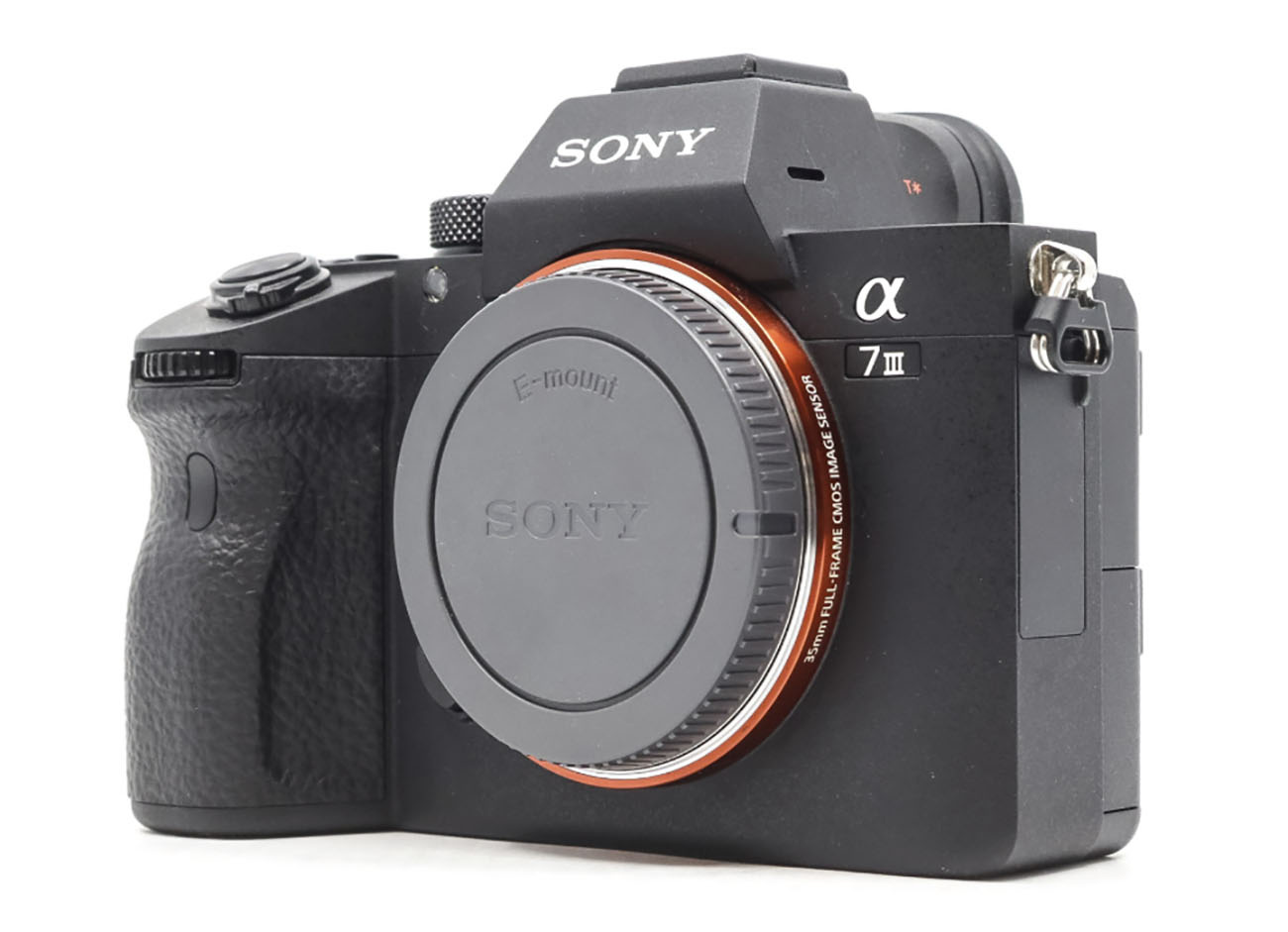
Sony a7 III: Interchangeable Lens
$1,300 – $1,400
A very popular camera featuring a clean and sharp 24.2 MP sensor. Good autofocus, superb image quality, and good video capability should you require it. It’s well built with a nice grip, feels sturdy, and there’s a lot of great performance and functionality packed into its relatively small body size.
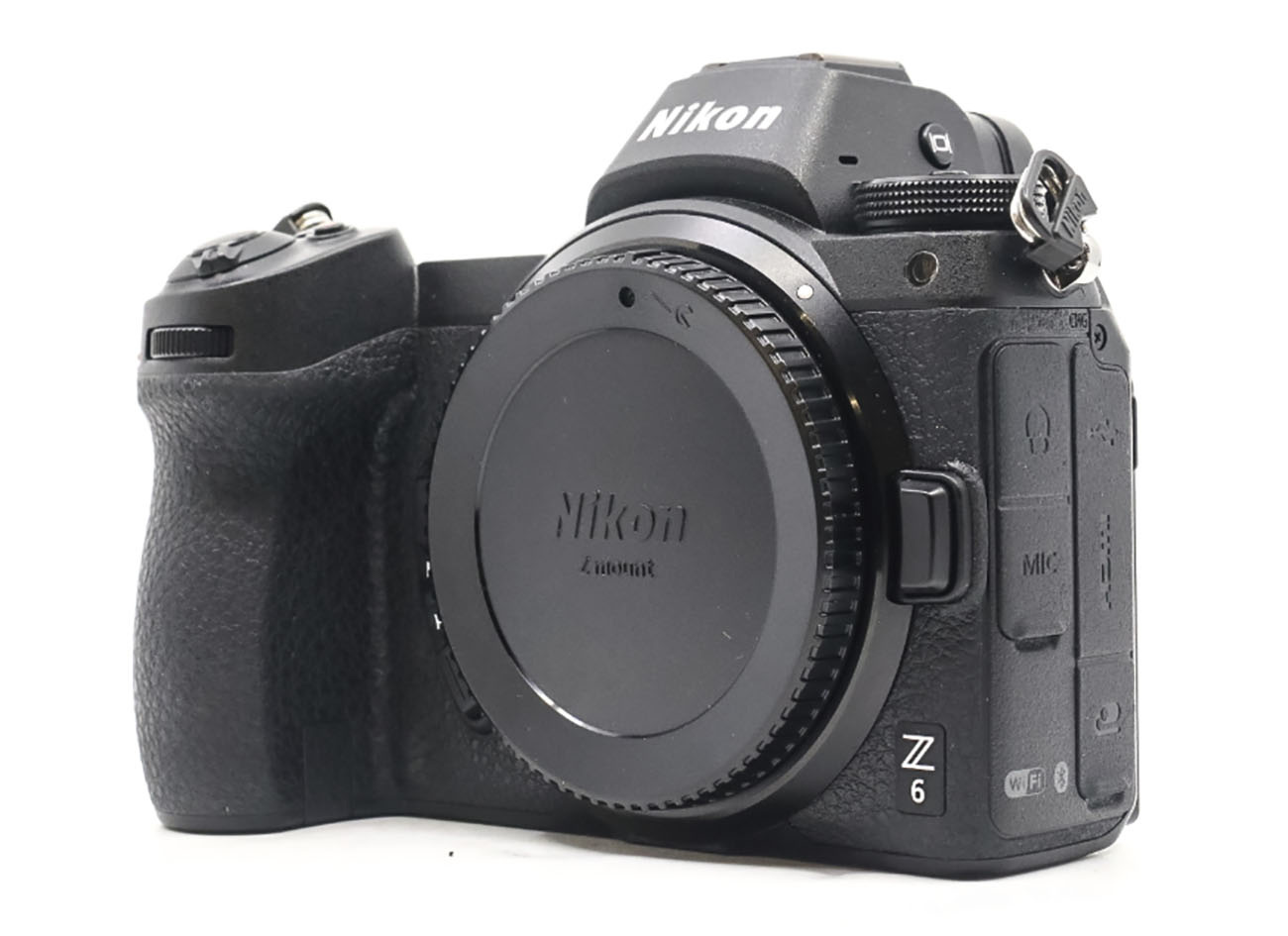
Nikon Z6: Interchangeable Lens
$880 – $950
The 24.5 MP sensor—the same one used in the Sony a7 III above—gives image quality as good as any of the current Nikon models. The EVF and touchscreen are very clear, ergonomics are great, image quality and colors are superb, and dynamic range is strong—the Z6 has it all and is as relevant today as it was back in 2018. And the fold-out monitor is better than the new one on the Z6 III! To keep things small when traveling, I’ve started to mount M glass on it using an adapter.
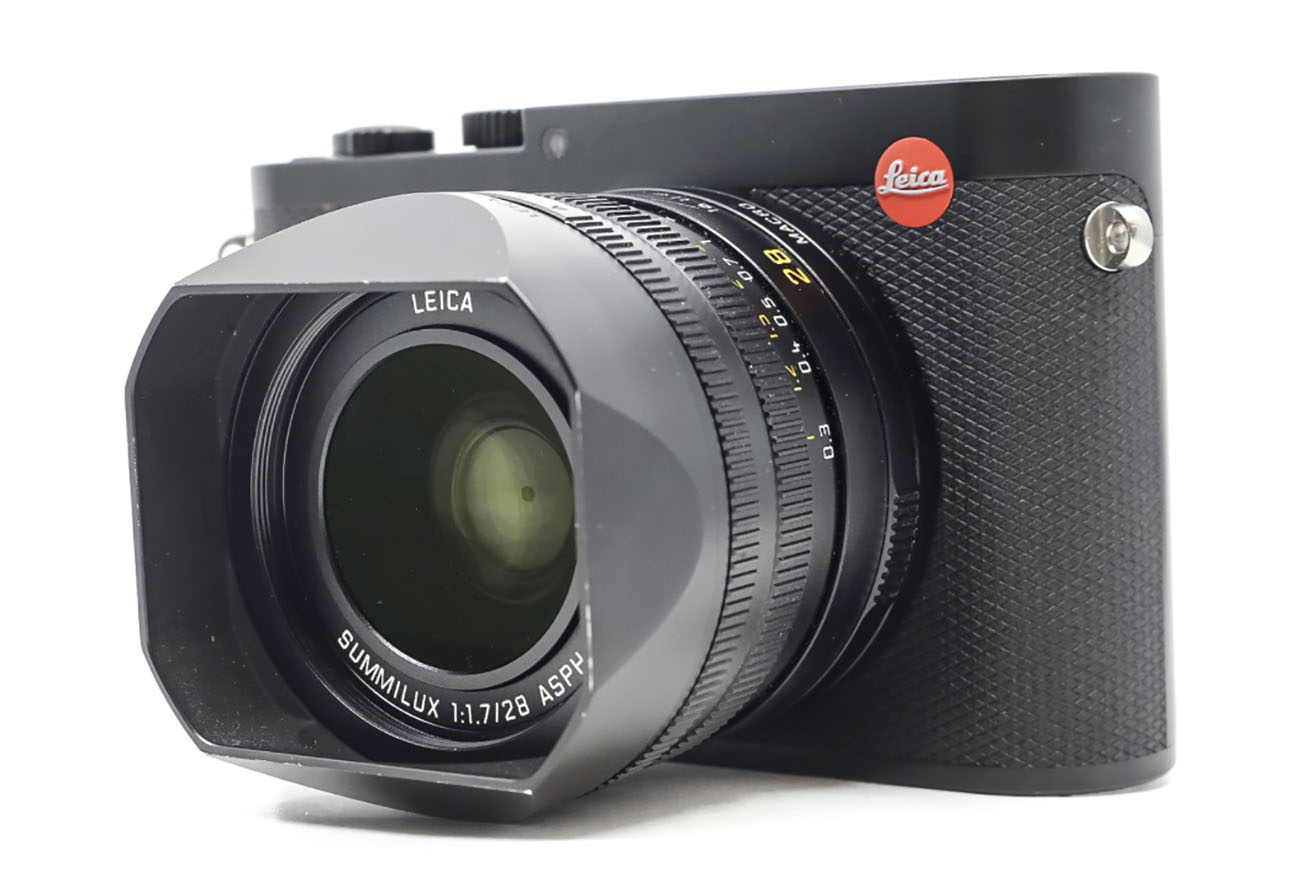
Leica Q: Fixed Lens
$2,600 – $3,100
A sleek, sexy compact camera that offers the best image quality in the world for a fixed lens full frame camera. For starters, it has a Summilux 28mm lens on it. If I had to choose one camera to use for travel, it would be a Q. In fact, I did—I have the Q2M. I’m recommending this first iteration because it’s much cheaper than a Q2 or Q3, and the image quality is just as good unless you’re a pixel-peeper. Twenty-four megapixels, as I am sure I’ve said elsewhere in this article, is more than enough. If you do need more, the Q2 jumps to 47.3 MP, but the price jumps too.
Digital: Cropped Sensor
Cropped sensor cameras tend to be smaller and lighter than full frame cameras, but you do have to make a compromise on image quality in low light situations. However, this isn’t so much of an issue with an interchangeable lens camera, where you can buy a fast prime to solve the problem.
For most scenarios, a cropped sensor camera is the best—and most sensible—option for travel.
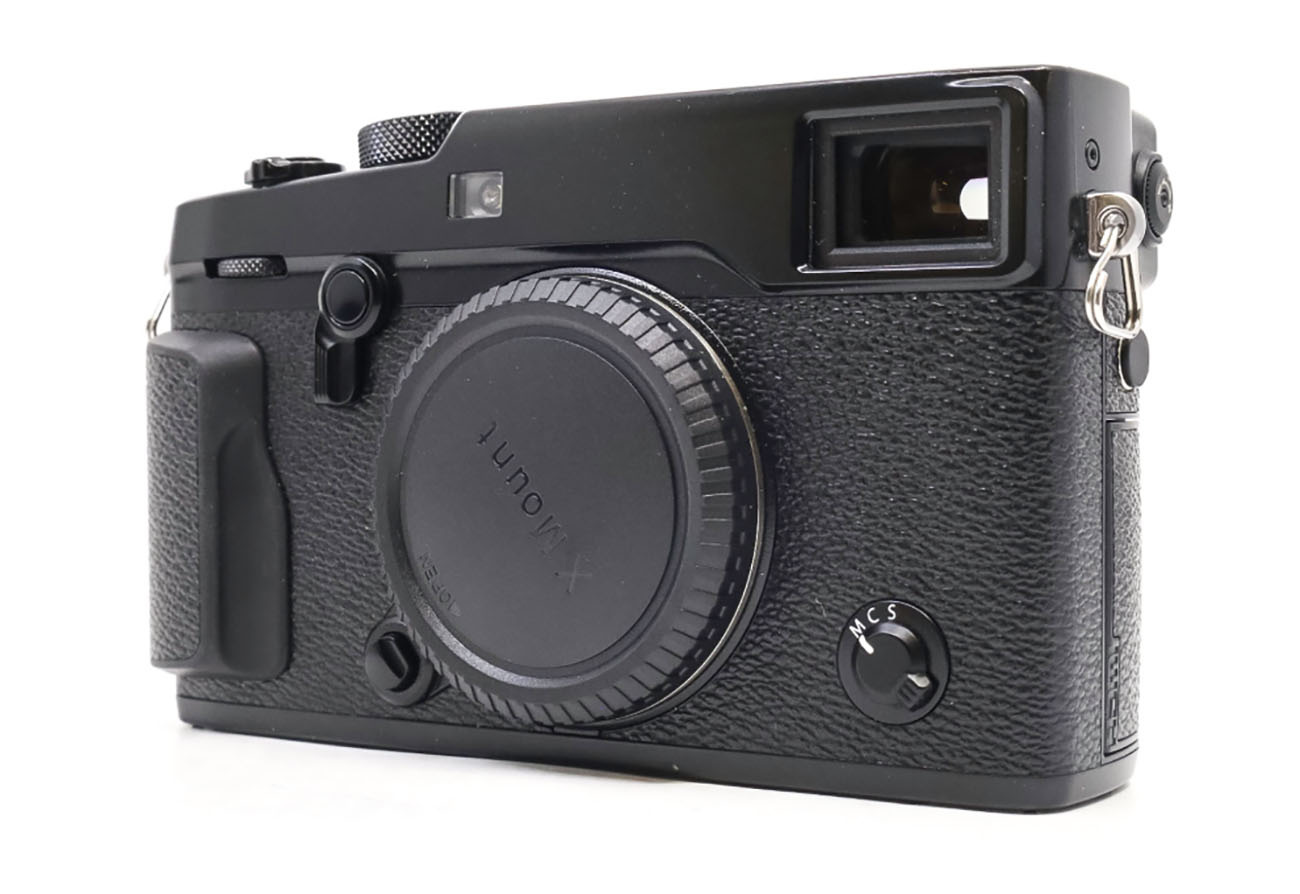
FujiFilm X-Pro2: Interchangeable Lens
$1,100 – $1,300
A well-made metal and durable compact rangefinder-style camera featuring a 24.3 MP sensor and hybrid viewfinder. The autofocus detection is not the fastest, and the low-light capability isn’t the best—two things that most of us don’t need to worry about for travel and everyday photography. Despite this, the image quality is beautiful, the camera feels good in the hand, and it can take the knocks on any travel adventure.
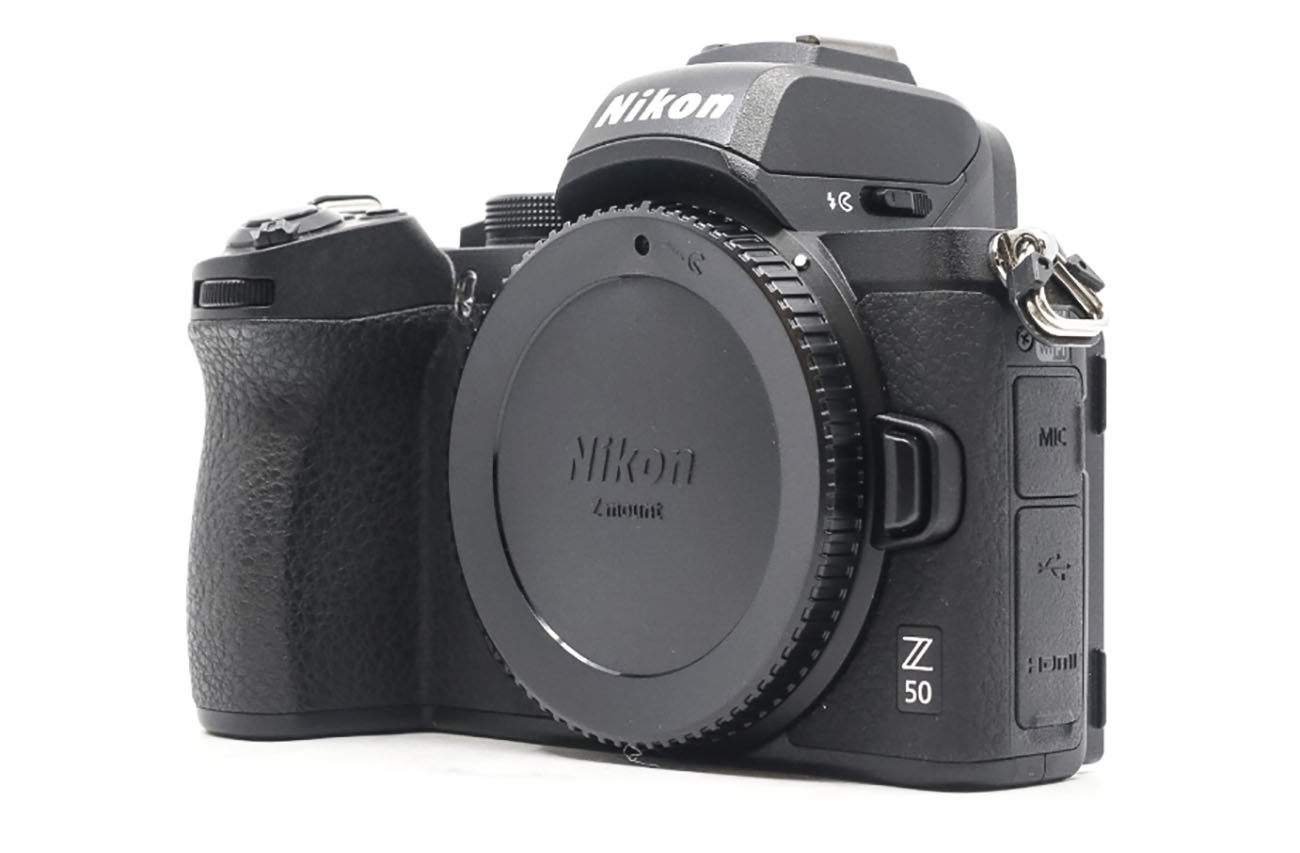
Nikon Z50: Interchangeable Lens
$600 – $700
One of the most underrated Nikon mirrorless cameras, it’s a true gem. It features a 20.1 MP APS-C sensor and has better ergonomics than any other camera on this list. There’s no fancy eye-tracking, but autofocus works really well, and color rendition is as good as the Leicas here.
This is my top pick on this page. Size, weight, price, image quality—it all adds up to the best option. Nikon’s native APS-C lenses are plastic and fragile, and the zoom kit lenses in particular are easy to break. I speak from experience. I bought a couple of tiny metal manual focus primes for my Z50 that are great, but you also have the option of autofocus if you look at brands like Viltrox.
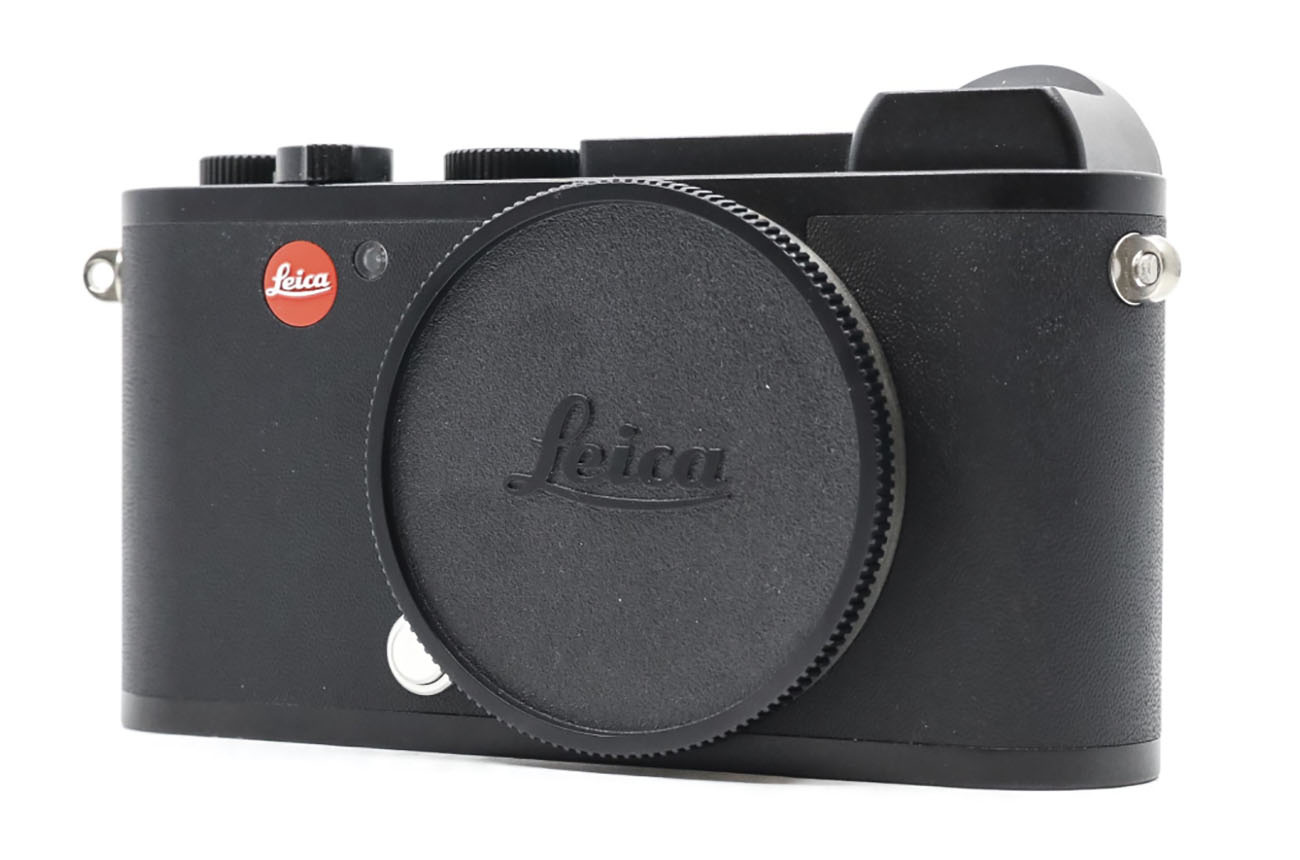
Leica CL: Interchangeable Lens
$2,000 – $2,200
Leica’s sleekest and smallest camera, featuring a 24.2 MP APS-C CMOS sensor. It takes M lenses, which are by far the smallest and most compact you can buy, so a huge plus if keeping your camera small and compact is a priority. This is a more compact option over a Q series Leica, although you don’t get the same level of low-light performance with a cropped sensor.
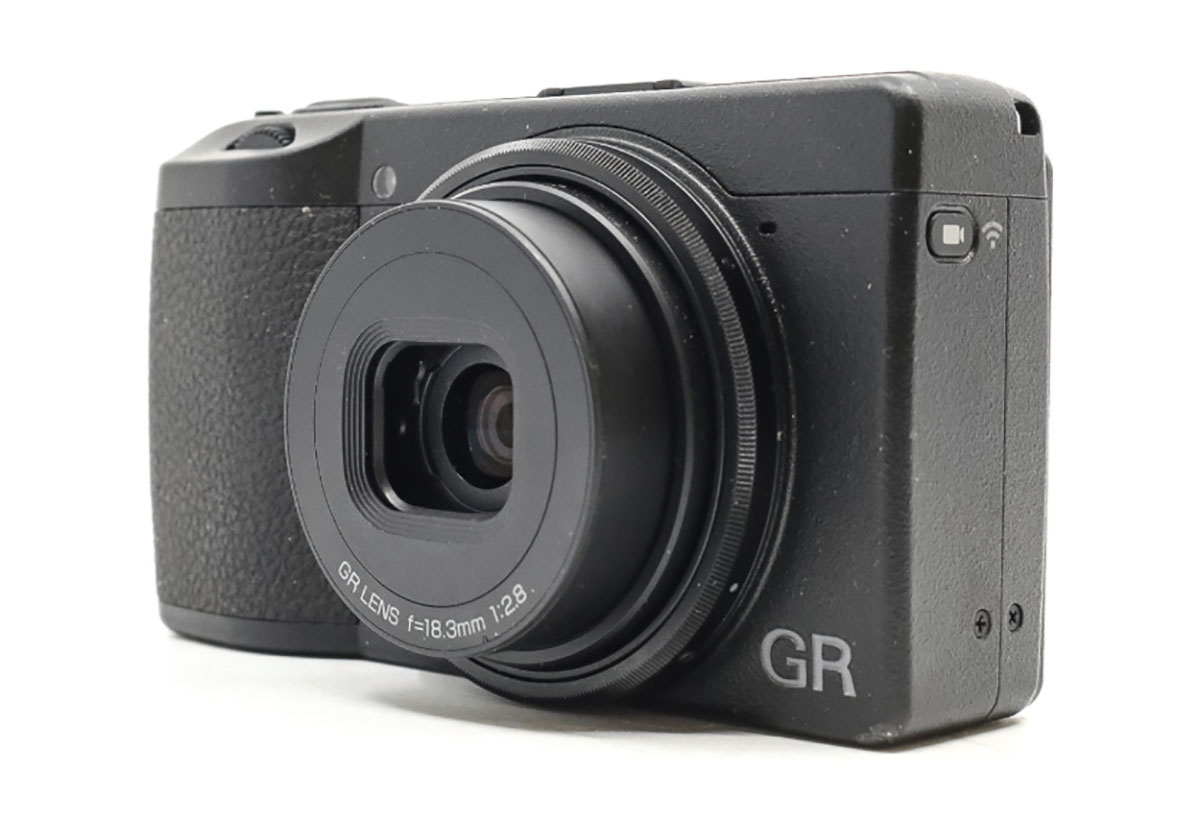
Ricoh GR III: Fixed Lens
$1,100 – $1,200
A true pocket camera featuring a 24 MP APS-C sensor without an anti-aliasing filter, which many street and urban photographers love for a more natural look. It does have a built-in sensor stabilization option for when you might need to simulate an AA filter. A 28mm full frame equivalent f/2.8 lens. This is the smallest digital camera you can buy, yet it delivers quality results.
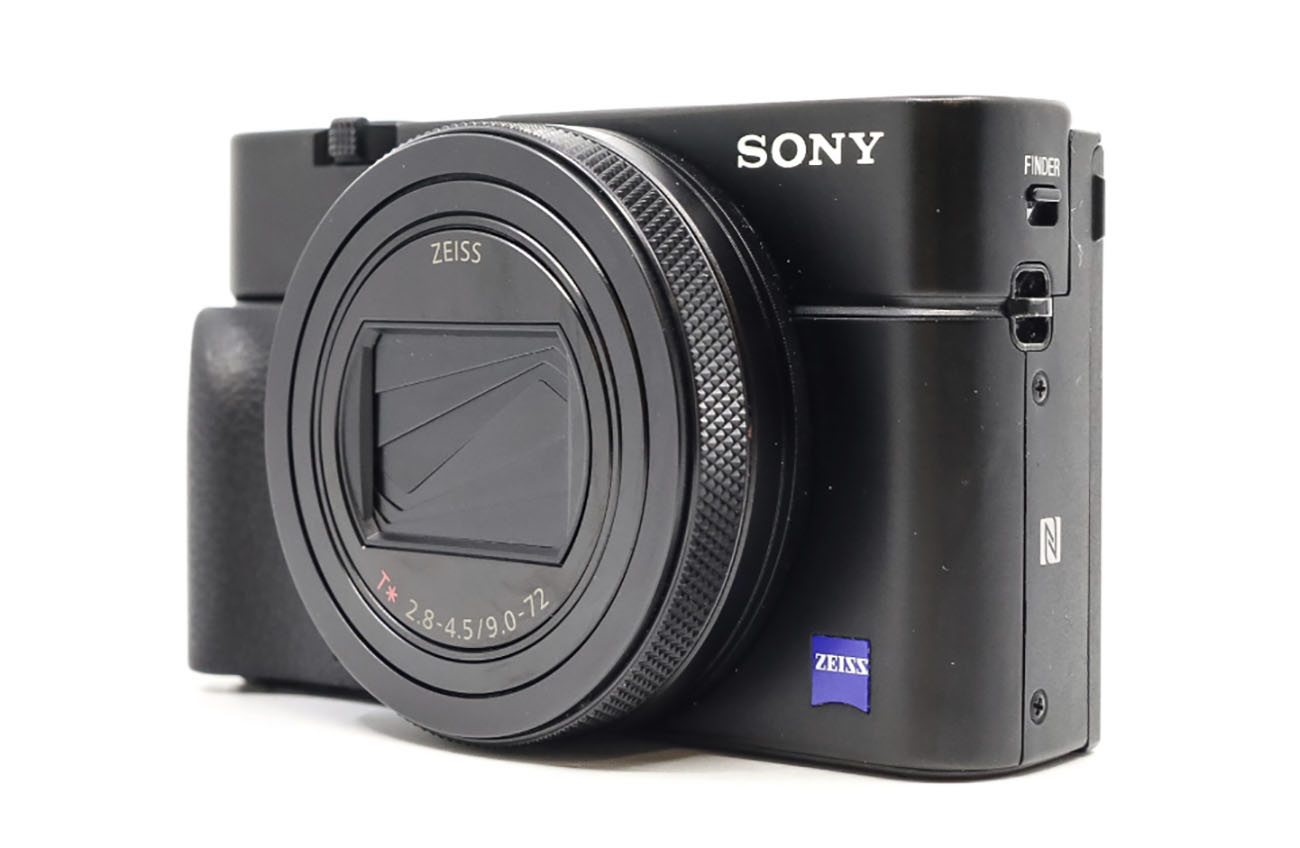
Sony RX100 VII: Fixed lens
S1,200
This little camera is loaded with tech, like a one-inch stacked 20.1 MP sensor, meaning it’s the best of this bunch for real-time tracking focus and high-speed shooting (20 fps), if that’s important to you. This camera has a 24-200mm f/2.8-f/4 equivalent fixed lens.
Traveling with a small camera gives you freedom. A small camera helps you blend in, move around easily, and shoot more intuitively. Sure, you sacrifice low-light performance if you go the more practical cropped sensor route, but a fast prime lens can counterbalance this, and that freedom you have more than makes up for it.
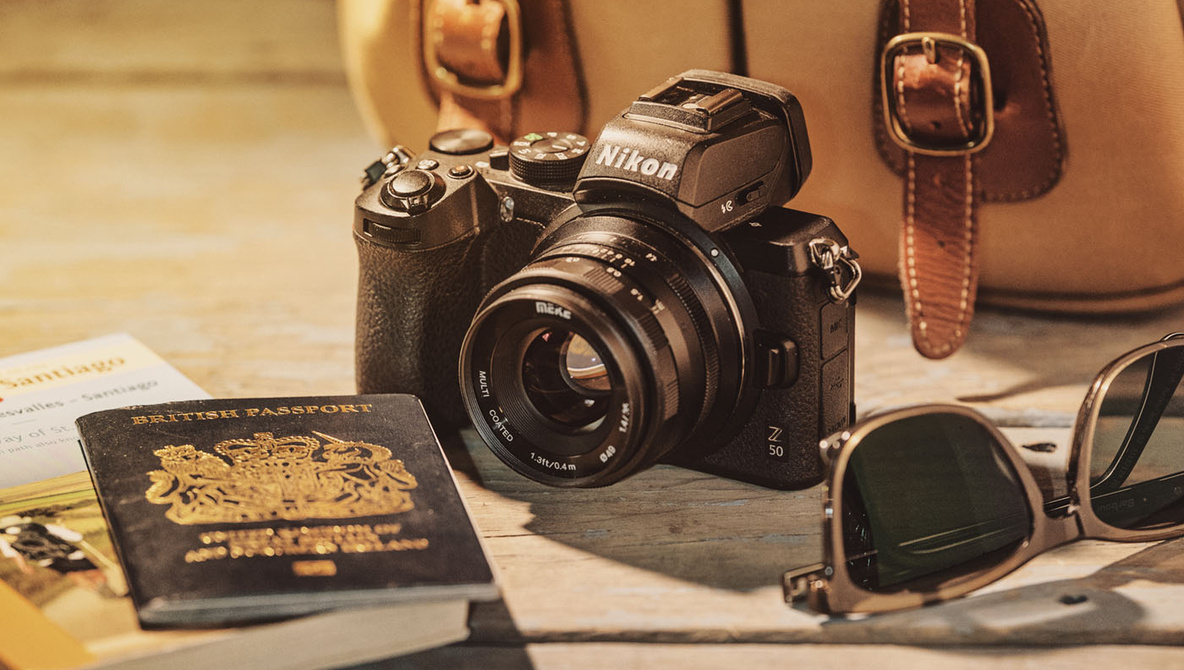
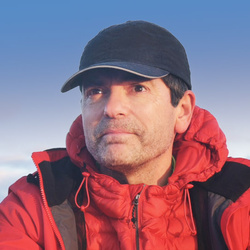






The complete oversight of Micro Four Thirds cameras in an article about compact travel cameras, is beyond hilarious to me. How are you going to write an article about "compact" and forget about the system that created compact as we know it. Current Micro Four Thirds cameras have some of the best stabilization, weather sealing, and many computational modes that make them the ideal travel camera, allowing you to leave your tripod and ND filters at home. Not sure how this was overlooked.
I did make it clear I thought, that this was my list of favourites, based on my experience. I've never used MFT cameras, and have no interest in doing so. But if you enjoy them and get the results you desire, that's great.
A few cameras in this list I'd hardly call small when there are smaller and just as capable options. Feels like a list of the authors preferred choices rather than small cameras.
Yes, it is a list of my preferred choices. I made that clear.
The title is 'Why You Should Travel With a Small Camera' though. A Z6 is hardly what I'd call small. It is actually a list of older and still very capable cameras which would have been more of a suitable focal point for this article. I also agree I don't care for the modern features stuffed into the latest models either.
Admittedly a Z6 is moving away from a very small camera, but I find it small enough for travel, if using a small prime lens. Maybe next time I will write about older cameras being as capable as newer models.
I'm still using my A7III bought in 2019. Still more than enough camera for my needs.
My iPhone 15 Pro Max is a great travel - and pretty much anything else - camera... and it fits in my pocket.
You left out the elephant in the room - smartphones. If one is travelling explicitly to photograph locations they visit, bringing a decent camera and accessories is useful and almost mandatory. However, most travelers already carry a camera and it's on the smartphone. It's light, easy to store, and these days the image quality for most is sufficient. They basically made the compact camera almost obsolete.
I would never use an iphone for serious photography. This is a separate article and discussion I think!
Without defining “serious”, your comment makes little senses as part of a discussion about small cameras. I went to Greece for two weeks and mixed using an Iphone and a Fuji x100. The end results from the two sources are indistinguishable for my purposes, I got a great user experience with the X100 and also captured wide angle photos ( I’m a architect) the Fuji wasn’t capable of. The alternative would be an interchangeable lens camera and a substantial zoom hung around my neck all day.
As I said, separate discussion. But I will say the biggest problem with an iphone or even MFT sensor, is the limitations when editing. The image breaks down and is unusable for my needs. Particularly when being reproduced an any decent size.
I was pleasantly surprised that this wasn’t a m43 commercial, but it came up with other suggestions.
In the places I visit it’s not a problem to walk around with a larger camera and lens and I don’t have any problems carrying a full frame camera with a 24-105 lens all day. But still a nice read.
The RX100 VII is not $1200 for a long time, more like $1700 ever since it became popular. As a pocket camera with evf this is the best in the market. I'll wait till the price dropps.
There are 7 for sale right now on MPB, for around $1,400. The exchange rate is different from when I wrote the article, when it was closer to $1,200.
https://www.mpb.com/en-uk/product/sony-cyber-shot-rx100-vii